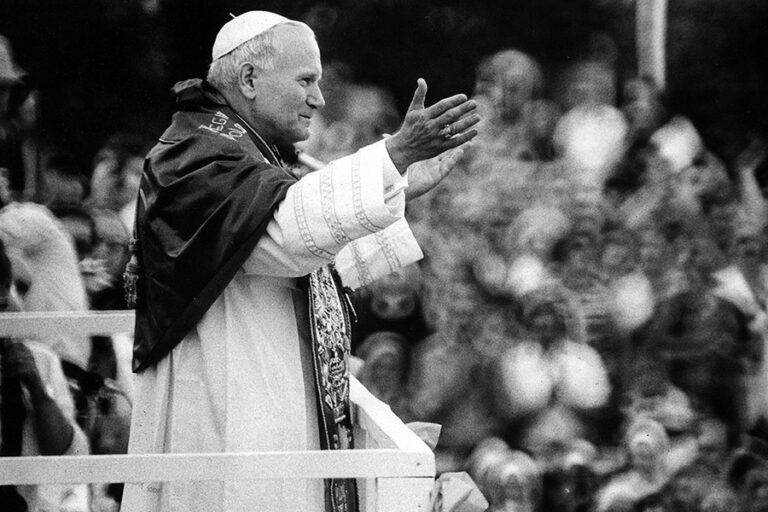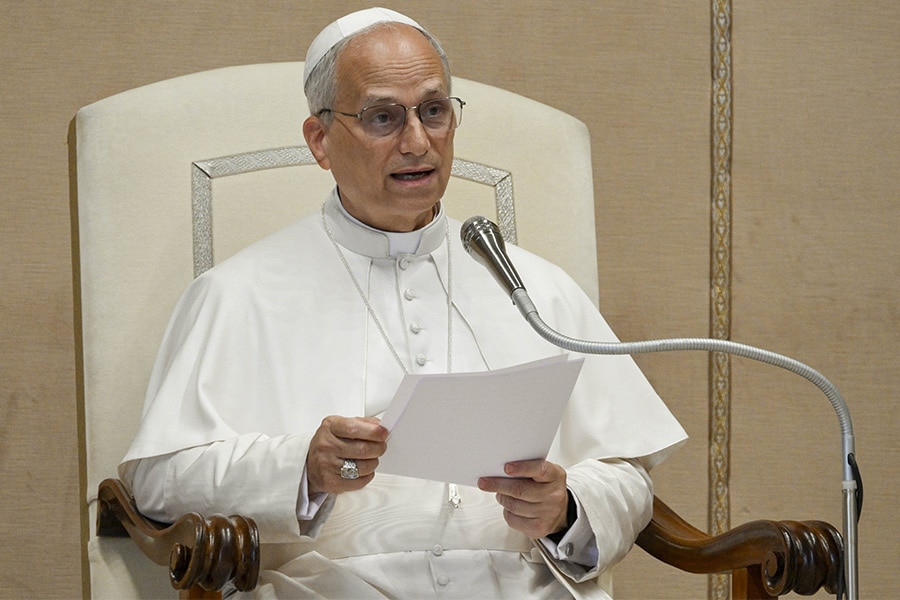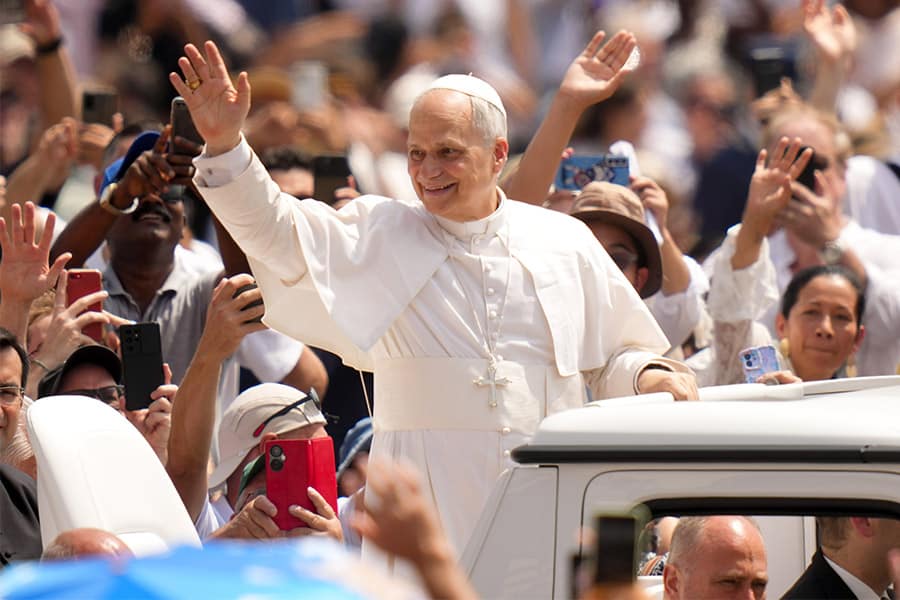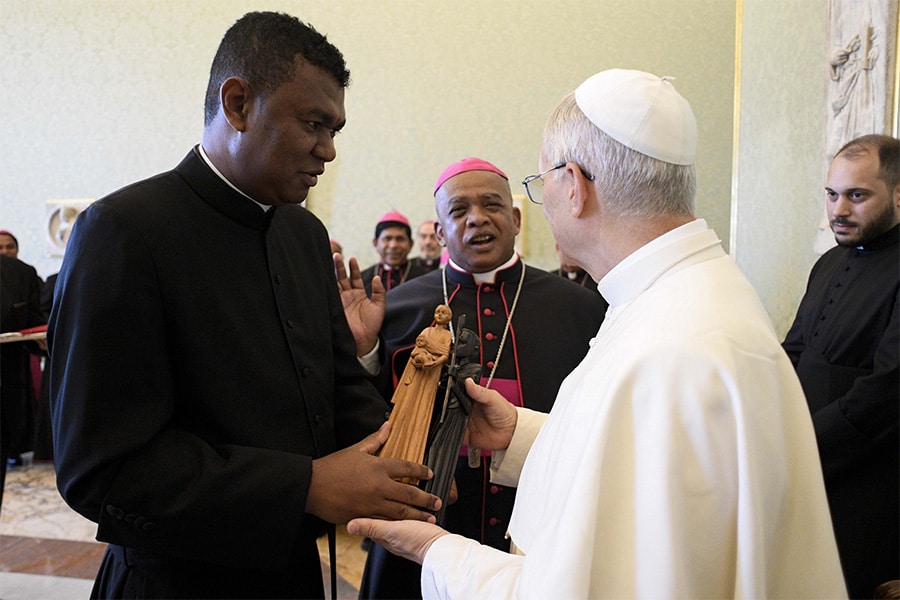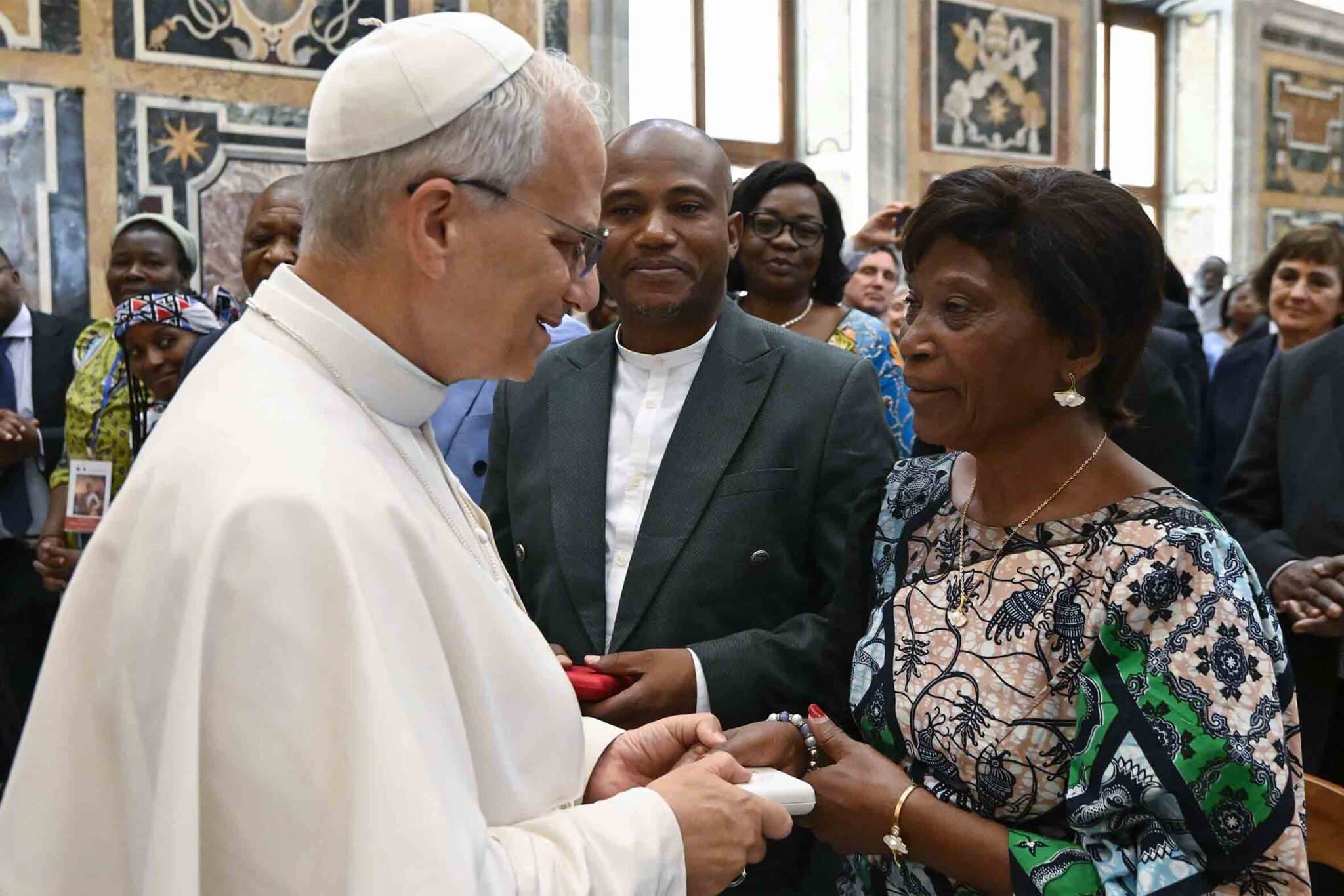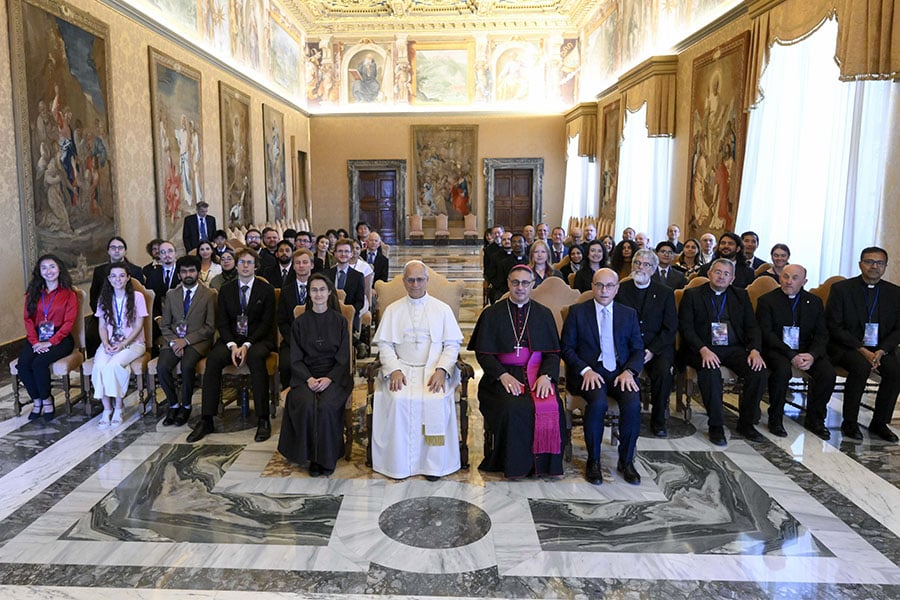KRAKÓW, Poland (OSV News) — Forty-five years ago, on June 2, St. John Paul II started his first papal pilgrimage to his native Poland, then shackled by a communist dictatorship. The visit had not only an enormous impact on the spiritual renewal of the Polish nation, paving the way for democratic changes, but it also inspired future freedom fighters in other parts of the Soviet empire.
On Oct. 16, 1978, 58-year-old Cardinal Karol Wojtyla of Kraków became the first non-Italian to be elected pope in centuries. The fact that the Catholic Church would be headed by a man from behind the Iron Curtain terrified both the Kremlin and the Moscow-inspired Polish communist government of the time.
The new pope decided to follow in his predecessor St. Paul VI’s footsteps and make pastoral visits outside Italy. Poland’s communist regime reluctantly agreed for him to visit his homeland, and in July 1979, he would appear to crowds in Warsaw, Gniezno, Czestochowa, Kalwaria Zebrzydowska, his hometown of Wadowice, the former German Nazi concentration camp Auschwitz-Birkenau, Nowy Targ, and a city that was his diocesan seat — Kraków.
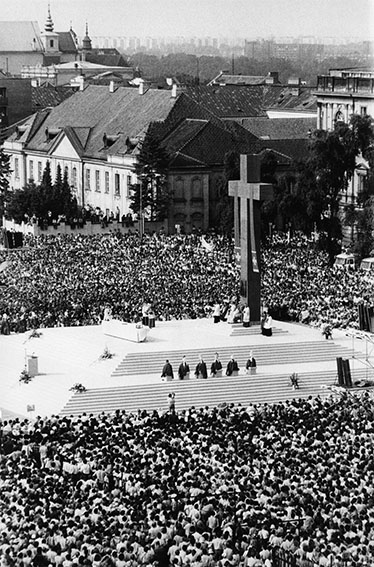
“The pope’s 1979 visit was the pebble that started the avalanche that changed the geopolitical situation of not only East (and) central Europe, but of the whole world,” Pawel Skibinski told OSV News. “It led to a major crisis of communism and was one of the factors that led to the expansion of the frontiers of the free world,” said Skibinski, a professor of history at the University of Warsaw. His book “The Renewal of This Earth: John Paul II’s First Pilgrimage to Poland, June 1979” won the readers’ award for Best History Book in Poland.
Skibinski explained that the papal visit, during which 11 million people in a nation of 36 million at the time came to see the pope, helped many Poles understand that they were not alone in their rejection of the regime. One year after John Paul’s pilgrimage, Solidarity, the first non-communist trade union in the Soviet bloc, was formed in the Lenin Shipyards in Gdansk.
In stark contrast to the Polish regime’s official stance on atheism, images of John Paul II and the Black Madonna of Czestochowa were hung in the shipyard gates. Eventually, Solidarity became a major non-violent national liberation movement with which communist leaders in Warsaw and Moscow had to contend. The movement started as electrician-turned-leader Lech Walesa signed the Gdansk accords with the government legalizing Solidarity Aug. 31, 1980, doing so with a pen bearing the pope’s likeness.
According to Skibinski, the pilgrimage helped the American political elites understand that at least in Poland, the largest of the Soviet Union’s satellite states, there was a major dissonance between the official ideology and policies of the regime, and the hearts of a large part of society, which could be a major destabilizing factor.
Declassified U.S. government documents assert that both Democratic President Jimmy Carter, whose national security advisor was Polish native Zbigniew Brzezinski, and his Republican challenger Ronald Reagan, understood that Polish society could play a major role in ending Soviet hegemony in the region.
Skibinski is not alone among historians in his view that the 1979 pilgrimage played a crucial role in the beginning of the end of communist domination in East-Central Europe — a stance first raised by papal biographer George Weigel, followed by other American academics.
“When John Paul II kissed the ground at the Warsaw airport on June 2, 1979, he began the process by which communism in Poland — and ultimately everywhere — would come to an end,” Yale historian John Lewis Gaddis wrote in his history of the Cold War. Christian Caryl’s book “Strange Rebels: 1979 and the Birth of the 21st Century” argued that the pilgrimage was one of the five historical moments that made 1979 the year that would pave the way for our current geopolitical order.
Yet, Skibinski noted that the impact of the pilgrimage wasn’t limited to Polish society and Washington politicians. “Soviet-dominated societies, particularly the Ukrainians and Lithuanians, took great interest in the papal visit,” he said.
According to Skibinski, the pope’s homily in Gniezno particularly inspired Ukrainians and Lithuanians, simultaneously terrifying the Soviet elites, who, as KGB documents show, considered the sermon to be a “mortal threat.”
In the homily, St. John Paul spoke of the Christian national identity and European identity of the Slavic nations, explicitly mentioning the Ruthenians (Ukrainians), Croats, Czechs, Slovaks, and Bulgarians, as well as the Lithuanians, who, while not Slavs, were Christianized thanks to Poland.
Meanwhile, in neighboring Czechoslovakia, Cardinal František Tomášek of Prague, previously seen as having a compromising attitude towards the regime, became a bold supporter of the anti-communist dissident movement, defender of religious freedom, and supporter of the underground Czechoslovak Church following 1979.
During his visit to Poland in May, Weigel said that the 1979 visit started “the revolution of conscience.”
“In Warsaw, at Victory Square, he gave an amazing homily, during which he asked the Holy Spirit to renew the face of the Earth. It was as if an electric charge went through the crowd, Weigel said.
Read More Vatican News
Copyright © 2024 OSV News

